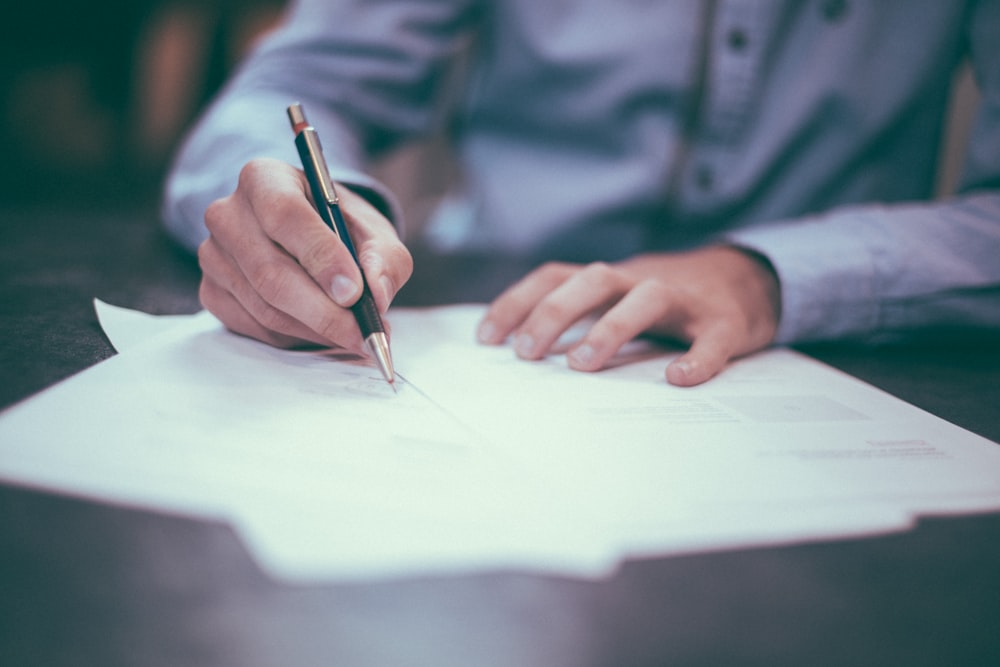Despite the prevalence of obstructive sleep apnea, this disorder often goes undiagnosed. In fact, the American Sleep Apnea Association estimates that as many as 80 percent of people with obstructive sleep apnea aren’t aware of their condition.
This doesn’t lessen the impact that obstructive sleep apnea can have on their lives. When the upper airway becomes blocked during sleep, breathing stops. The brain forces the body to wake up again so the person will start breathing again. These sleep disruptions can occur dozens of times per hour, though the individual typically falls asleep so quickly that they don’t remember it the next morning.
However, the negative side effects of sleep apnea can still feel very real. Extreme fatigue that leads to irritability or causes someone to fall asleep during normal activities may start as an inconvenience. Over time, though, chronic poor sleep can lead to depression, heart disease, and other serious ailments.
Fortunately, there are several options available to help you diagnose this condition.
The STOP-BANG Method and Overnight Sleep Studies

If you consistently feel fatigued, even after getting a “full” night of sleep, the STOP-BANG questionnaire is a good place to start. Answering yes to three or four of these criteria means you have moderate risk of sleep apnea, while a yes to five or more makes sleep apnea quite likely.
The first four questions focus on symptoms commonly associated with this sleep disorder:
S - Snoring. Do you snore loud enough to disturb your partner’s sleep?
T - Tired. Are you extremely tired during the day, even falling asleep while watching TV or reading?
O - Observed. Have others observed you choking or gasping during sleep — or stopping breathing?
P - Pressure. Do you have high blood pressure?
The second set of questions focuses on known risk factors that make you more likely to develop obstructive sleep apnea:
B - BMI. Do you have a high BMI?
A - Age. Are you over the age of 50?
N - Neck size. Do you have a large neck circumference (16 inches or more)?
G - Gender. Are you male?
If your results indicate a higher risk of obstructive sleep apnea, consult with a doctor about your symptoms and to decide if scheduling a sleep study is right for you. Overnight studies at sleep labs give specialists the opportunity to monitor your brain waves, breathing patterns, heart rate, and other vital signs to check for sleep apnea and other disorders.
At-home sleep tests are also available via prescription. These tests only monitor breathing patterns and oxygen levels. You attach sensors to your fingers, chest, and abdomen, and wear a small mask. These at-home tests tend to be much less expensive than participating in a lab study, though you must be careful to securely attach the sensors to ensure the test’s accuracy. At-home tests are a good alternative when a laboratory study isn’t available due to location, scheduling concerns, or other issues.
Other New Diagnosis Methods

While sleep studies have long been the standard practice for diagnosing sleep apnea, improving technology has led to the development of newer, less-invasive diagnostic options.
One new development is the Sunrise chin sensor, which tracks jaw movements and analyzes respiratory muscle contractions to identify sleep apnea incidents. As the company’s CEO and co-founder explains, the device “has a single point of contact that rests on the patient's chin, to measure mandibular movement, a novel biosignal close to the source for measuring sleep issues that has been studied for decades. We have developed and clinically validated our sensor against the gold standard of polysomnography, or a sleep study, on thousands of patients to measure sleep-disordered breathing.”
You may even be able to use your smartphone to get a sleep apnea diagnosis. A study from South Korea had patients who were participating in laboratory sleep studies also record audio of their nighttime breathing using their smartphones.
Audio recordings were analyzed to determine if someone had sleep apnea, and these findings were compared with the results of the laboratory sleep study. The smartphone recordings were surprisingly accurate. Researchers were able to correctly diagnose 81.7 percent of severe cases and 88.2 percent of mild cases simply based off the participants’ smartphone recordings.
While additional research is still being done to determine the full effectiveness of these diagnosis options, they represent new advances that can help reduce the number of people who fail to get diagnosed with obstructive sleep apnea. With a wider range of less expensive and intrusive options available, the hope is that more people will be willing to take action to improve their sleep quality.
Get Quality CPAP Equipment From Help Medical Supplies
If you are diagnosed with obstructive sleep apnea, a CPAP machine is essential for controlling your symptoms and improving sleep quality. CPAP machines provide a steady flow of air so that your airways stay open throughout the night.
For individuals without quality insurance, however, CPAP machines can prove to be a major expense. This is where Help Medical Supplies comes in. We offer a wide range of CPAP machines and accessories from leading brands like ResMed and 3B Medical — many of which at significant discounts off of MSRP.
In addition, your CPAP purchase can be more affordable with free shipping on orders of $89 or more, as well as available financing with a promotional no-interest period for the first six months of the loan. With Help Medical Supplies, the quality sleep you need is within reach.

